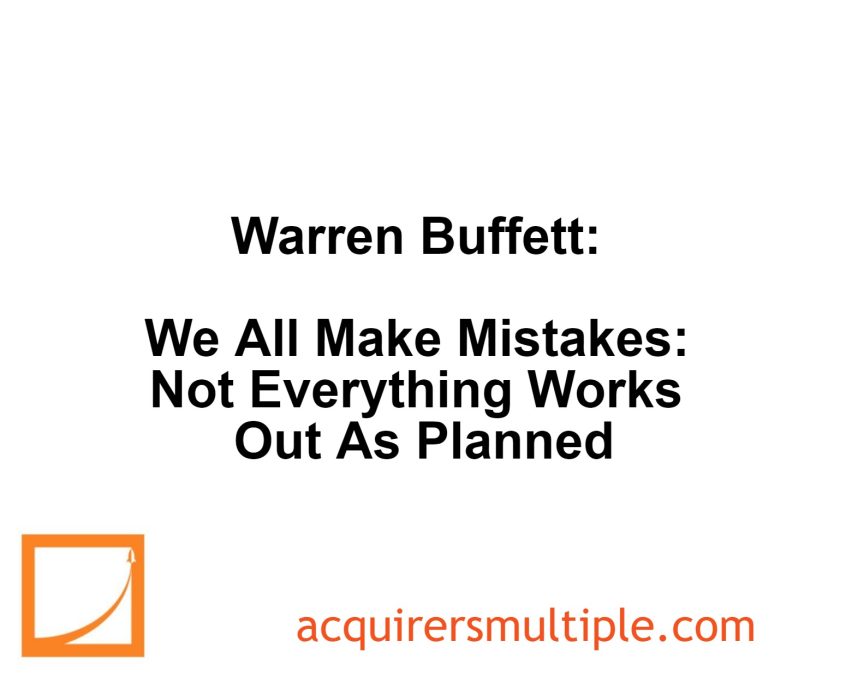In his 2013 Berkshire Hathaway Annual Letter, Warren Buffett discusses the diverse range of companies in Berkshire Hathaway, from those with exceptional profitability to those with poor returns due to his misjudgments.
Fortunately, his major acquisitions have generally been successful. Overall, the companies employed $25 billion of net tangible assets in 2013, earning 16.7% after-tax on that capital, even with significant goodwill from paying premiums.
Although not all investments performed as expected, the intrinsic value of these businesses surpasses their carrying value. However, the greatest value lies in the insurance and regulated-industry segments, where the most substantial gains are found.
Here’s an excerpt from the letter:
The crowd of companies in this section sells products ranging from lollipops to jet airplanes. Some of these businesses, measured by earnings on unleveraged net tangible assets, enjoy terrific economics, producing profits that run from 25% after-tax to far more than 100%. Others generate good returns in the area of 12% to 20%.
A few, however, have very poor returns, a result of some serious mistakes I made in my job of capital allocation. I was not misled: I simply was wrong in my evaluation of the economic dynamics of the company or the industry in which it operated.
Fortunately, my blunders usually involved relatively small acquisitions. Our large buys have generally worked out well and, in a few cases, more than well. I have not, however, made my last mistake in purchasing either businesses or stocks. Not everything works out as planned.
Viewed as a single entity, the companies in this group are an excellent business. They employed an average of $25 billion of net tangible assets during 2013 and, with large quantities of excess cash and little leverage, earned 16.7% after-tax on that capital.
Of course, a business with terrific economics can be a bad investment if the purchase price is excessive. We have paid substantial premiums to net tangible assets for most of our businesses, a cost that is reflected in the large figure we show for goodwill. Overall, however, we are getting a decent return on the capital we have deployed in this sector. Furthermore, the intrinsic value of these businesses, in aggregate, exceeds their carrying value by a good margin. Even so, the difference between intrinsic value and carrying value in the insurance and regulated-industry segments is far greater. It is there that the truly big winners reside.
You can read the entire letter here:
For all the latest news and podcasts, join our free newsletter here.
Don’t forget to check out our FREE Large Cap 1000 – Stock Screener, here at The Acquirer’s Multiple:



